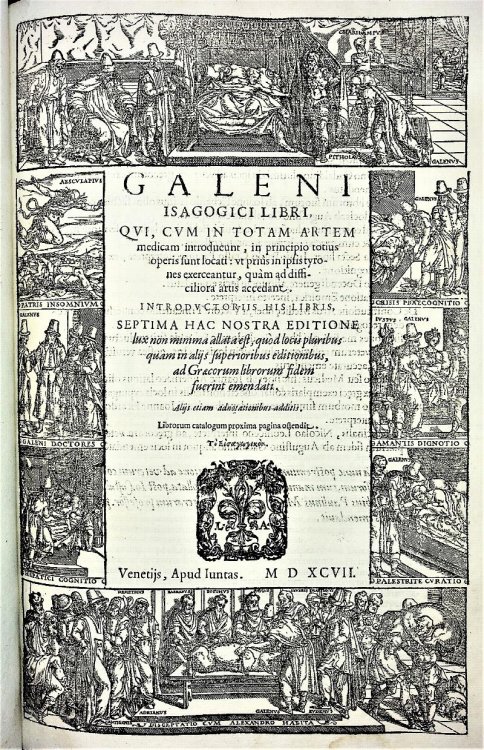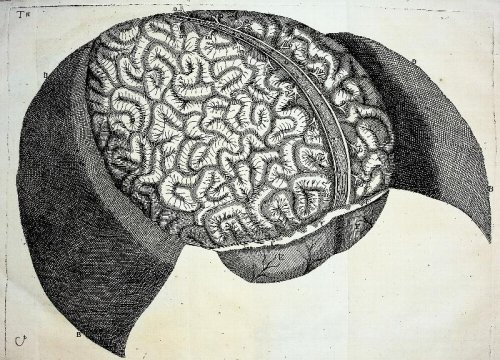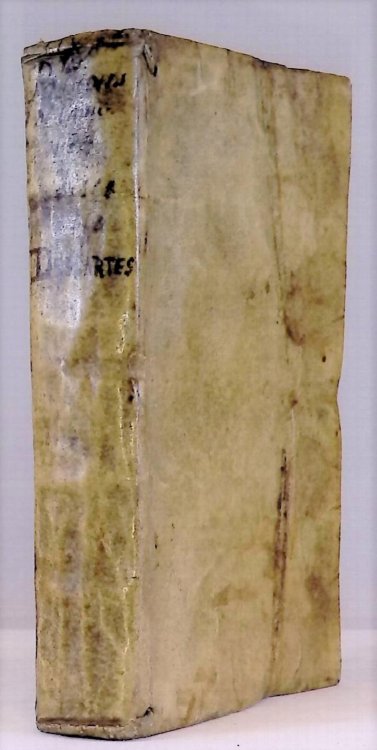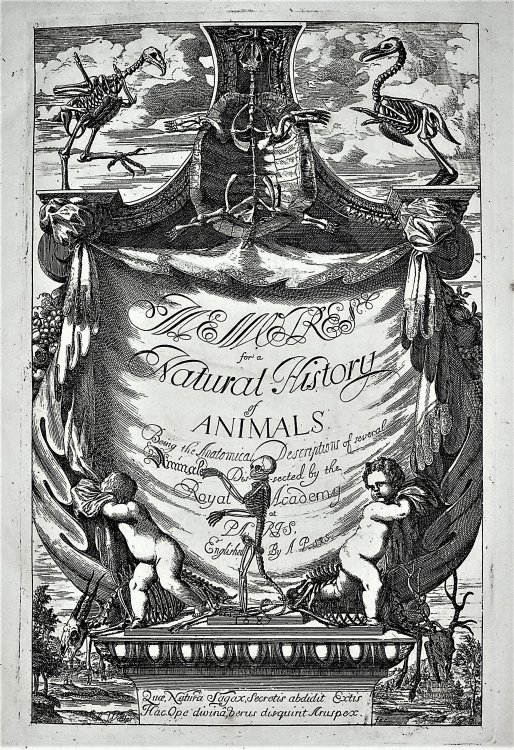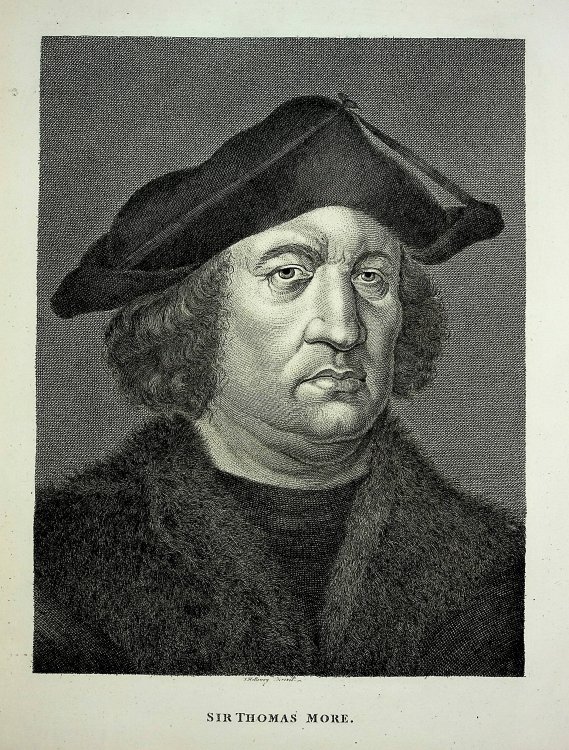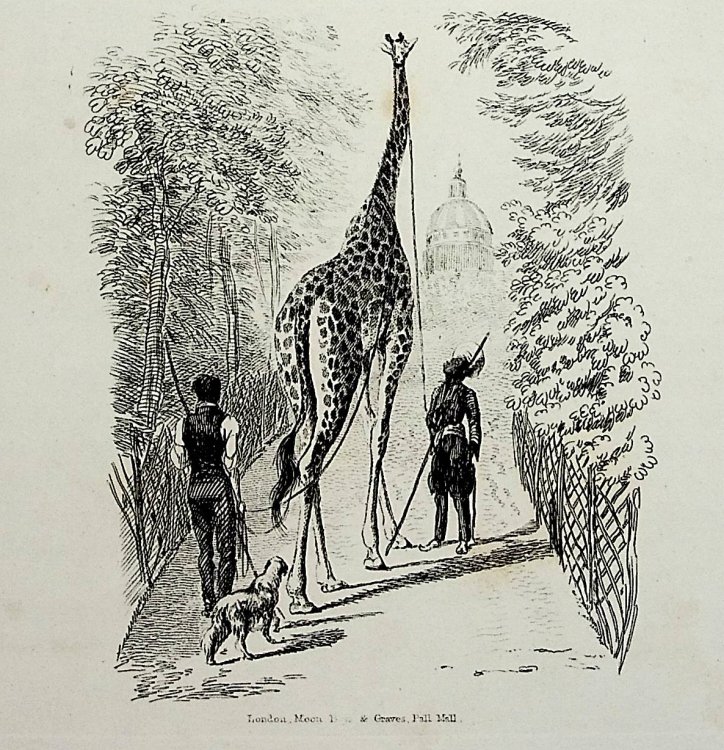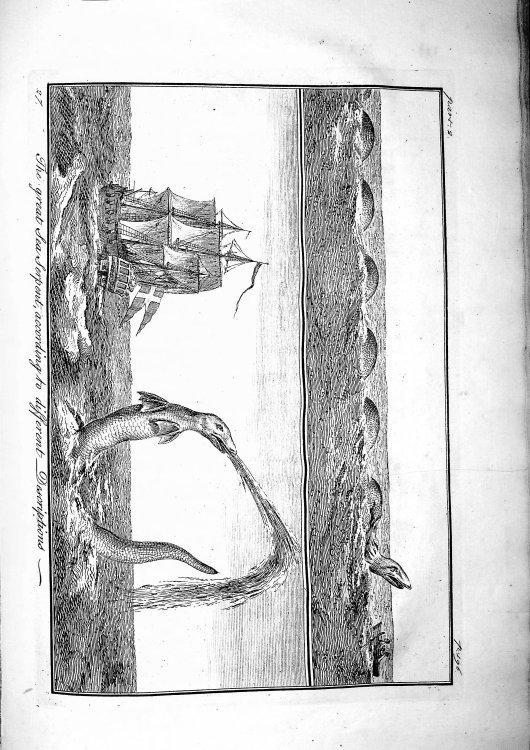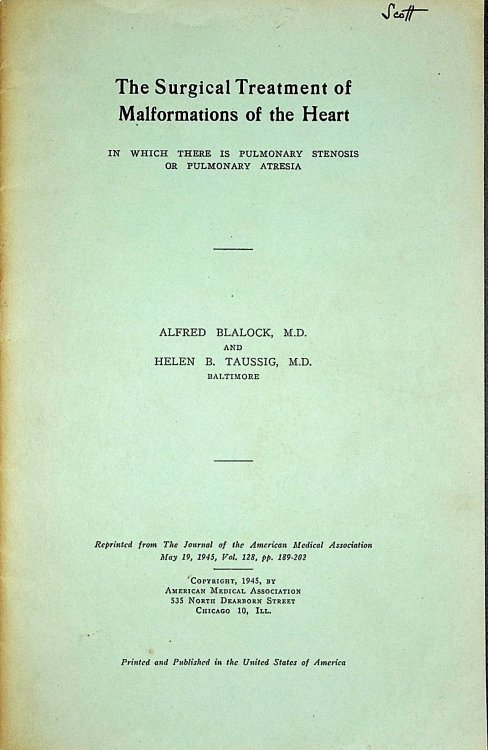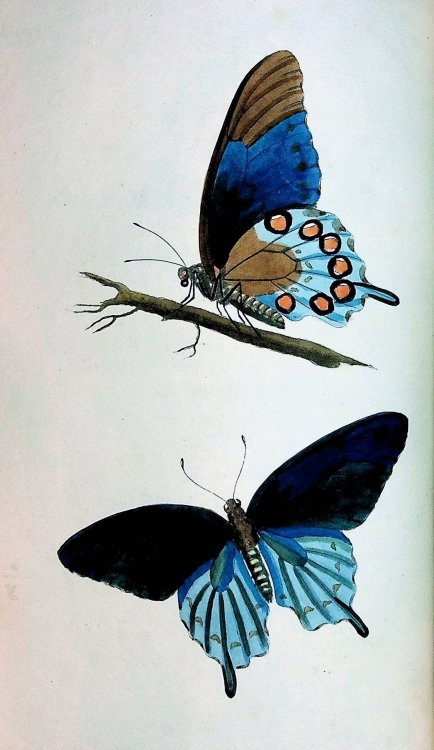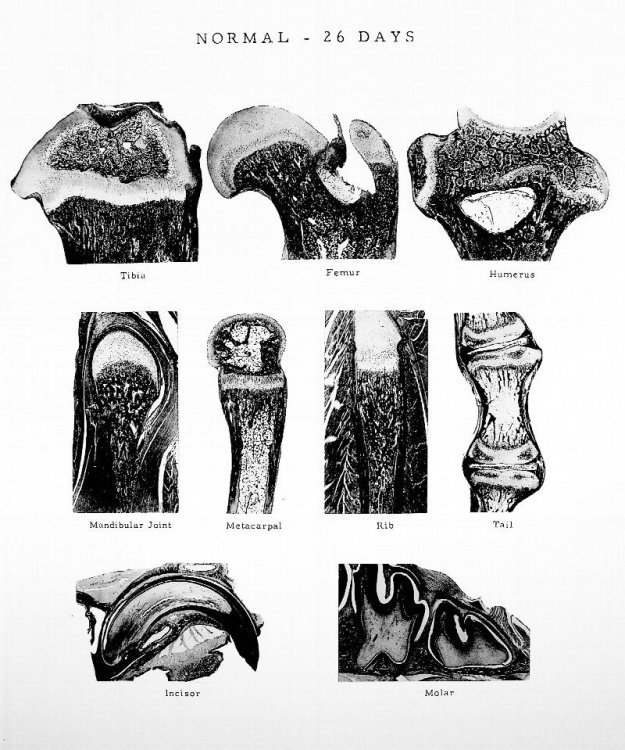
Atlas of the Skeletal Development of the Rat
$300.00 USD • Used
1953 LIMITED EDITION OF MAGNIFICENT PHOTOGRAPHIC ATLAS OF THE MATURATION OF THE RAT SKELETON WITH 143 PHOTOGRAPHIC PLATES OF RADIOGRAPHS AND PHOTOMICROGRAPHS.
Two volumes 11 inches tall,...
1953 LIMITED EDITION OF MAGNIFICENT PHOTOGRAPHIC ATLAS OF THE MATURATION OF THE RAT SKELETON WITH 143 PHOTOGRAPHIC PLATES OF RADIOGRAPHS AND PHOTOMICROGRAPHS.
Two volumes 11 inches tall, full black morocco leather binding, spine with raised bands, gilt titles to spines, Vol. I, xxxv, [1], 65 black & white photographic plates; Vol. II, xiii, [3], 78 black & white photographic plates affixed to recto and verso of stiff card stock with tissue guards between each plate. Spine ends have been repaired by master conservator, covers are in near-fine condition, hand stamp of Scientific Library, Hoffman La Roche to front paste-down and back endpaper, library pocket to back paste-down, no other library marks. Text and plates are unmarked and very good+. Images include radiographs and photomicrographs of the rat skeleton spanning 40 to 1270 days of life (analogous to 14 to 20 years in human). Both intact and hypophysectomized rats were studied: the operation to remove the pituitary gland from a young rat is a technical tour-de-force, and was performed by Dr. Philip E. Smith, who had developed a procedure to remove Rathke's pouch in larval amphibia! At the end of the Introduction, the authors conclude, "The toilsome and tedious labor involved in the preparation of some 10,000 bones and over 50,000 histologic sections, not to speak of the precise attention to detail in every step of the development of this Atlas, can be readily appreciated by anyone who has been confronted with such a task. We hope, therefore, that theirs will be a lenient consideration of whatever discrepancies may have occurred in this compilation, but we shall be grateful to learn of any errors which may have inadvertently escaped us."
HERMANN BECKS (1897-1962) entered the University of Rostock at the age of 21. He earned his dental degree from that university in 1922 and the medical degree in 1924. After his graduation he accepted a position as an instructor at the University of Freiburg where he was also an avid student and great admirer of pathologist Ludwig Aschoff. He did research there as well as with Karl Spiro in biochemistry at the University of Basel, and was "discovered" in 1928 by Dean Guy S. Millberry, who, with cooperation from Karl F. Meyer, persuaded him to come to America and accept an invitation to join the faculty at the University of California School of Dentistry. He began the study of hormonal and nutritional influences on bone and teeth in collaboration with Dr. Herbert M. Evans, director of the Institute of Experimental Biology on the Berkeley campus. Although he is especially well known for his studies in these areas, Professor Becks broadened the scope of his research over the years and contributed much to the literature in other fields including systemic and local factors of caries and paradentosis, etiology of root resorption, relationships between systemic disorders and oral diseases, development of preventive procedures for dental caries, eruption rate studies, and radioactive isotope investigations. A major scientific contribution was made in the unequaled work, superbly illustrated, Atlas of the Skeletal Development of the Rat, published in 1953 with Dr. Evans.
HERBERT M. EVANS (1882 - 1971) was an anatomist and embryologist at Johns Hopkins University. He moved back to California in 1915 and was made professor of anatomy at the University of California, Berkeley, and held that position until his death. His medical research at Berkeley addressed problems relating to human nutrition, endocrinology, embryology, and histology. In 1918, his research into the number of human chromosomes led him to believe the number to be 48, when most people assumed the number to be much higher. It was only later discovered that the correct figure was 46. Evans is better known for his pioneering studies of hormones extracted from the anterior lobe of the pituitary gland. He isolated human growth hormone, which is essential for human growth and development, and human cadaveric-derived groth hormone was used to treat growth failure in children until 1985. At that time, some treated patients developed Creutzfeldt-Jakob disease, an acquired form of prion disease. This led to the development of the first human recombinant hormone that gave birth to the biotechnology industry. Evans became director of the Institute of Experimental Biology at Berkeley, in 1931.
Product Info
Publisher: The American Institute of Dental Medicine
Year: 1953
Type: Used
Binding: Softcover
First Edition
Seller Info
BiomedRareBooksLLCABAAILABIOBA
Address: P.O. Box 193 North Garden, Virginia
Website: https://www.biomedrarebooks.com
Country: United States
